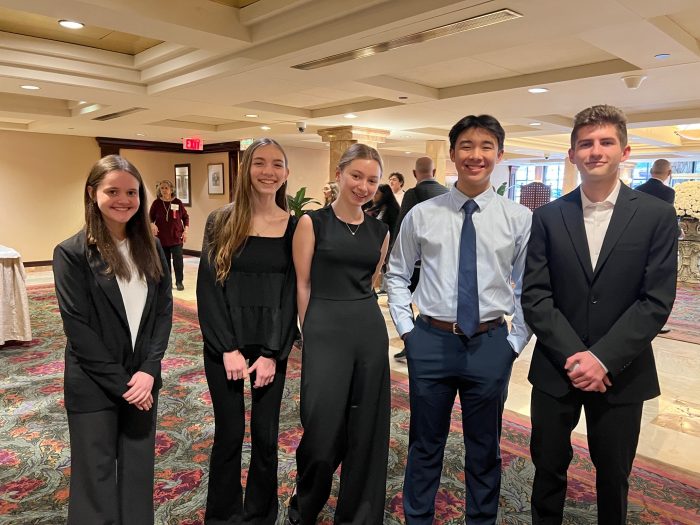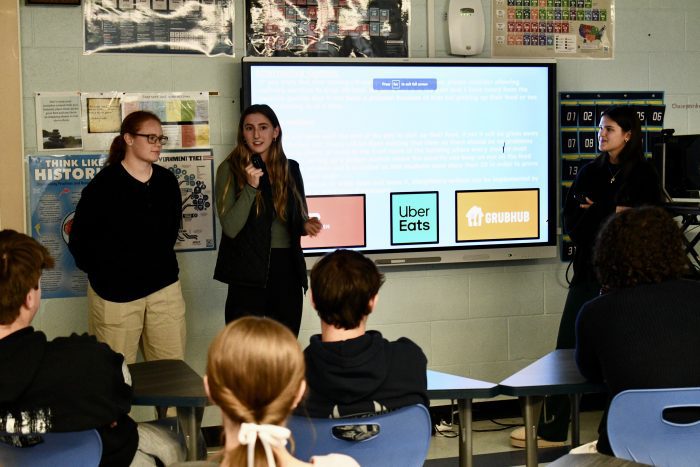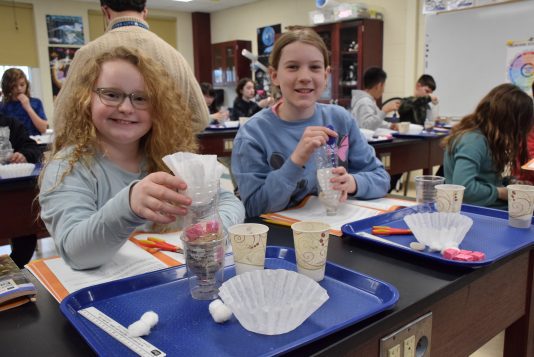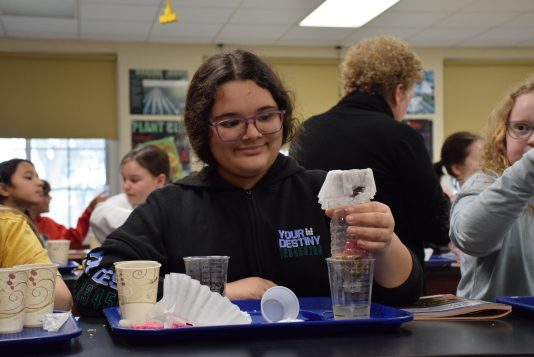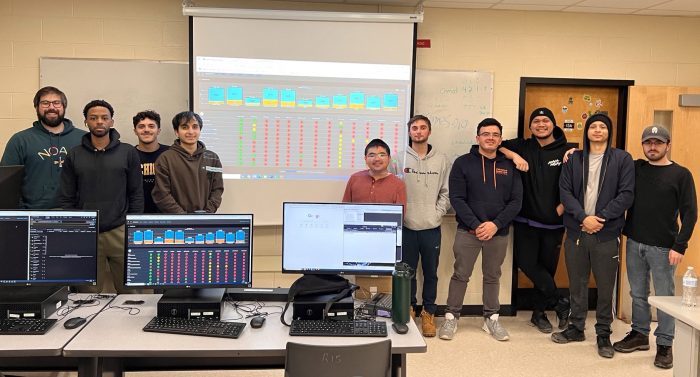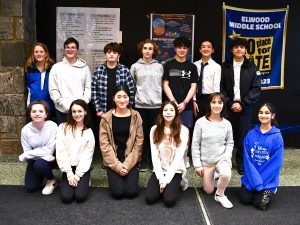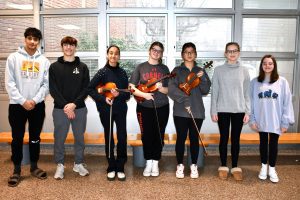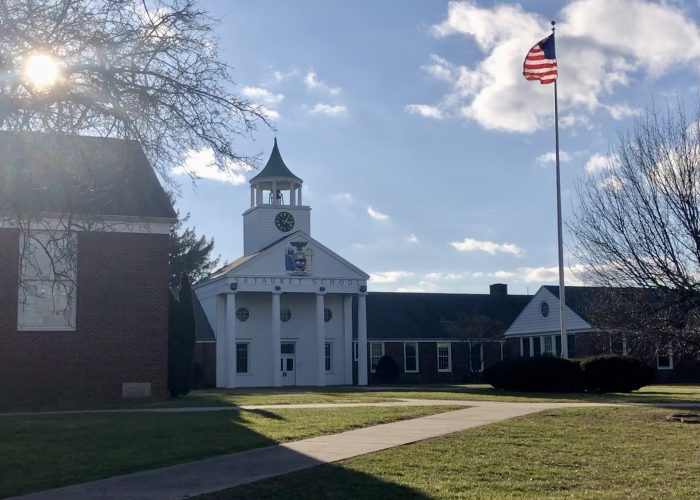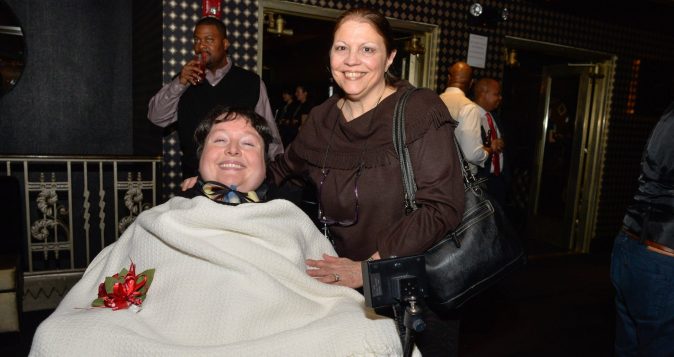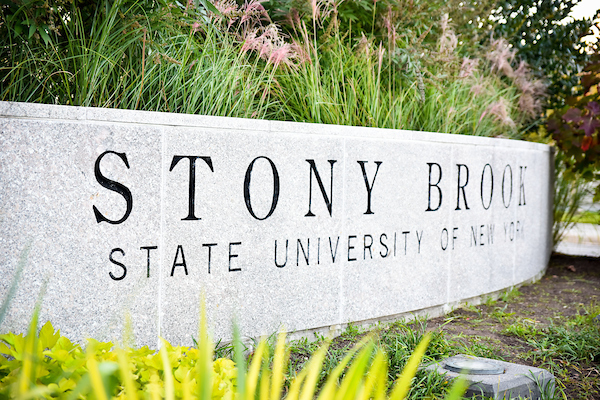By Rokah Sejour
Northport-East Northport Union Free School District Board of Education held a meeting Thursday, Feb. 15, focusing on the non-instructional budget for the 2024-25 school year as well as possible changes in policy for attendant zones within the district.
The proposed budget totals $189,934,741, an increase of $6,896,313 (3.77%).
The buildings and grounds, security and transportation departments of the district presented proposals based on their developmental priorities.
Builidings and grounds
The buildings and grounds department proposed the purchase of a backhoe that would aid in the work being done in-house by the buildings and grounds staff within the school district.
“You’re really saving money in the long run,” said John Lackner, director of facilities. The backhoe would allow the department to save rental fees that have in the past amounted to approximately $15,000 for building four playgrounds. It would also be beneficial during circumstances like weather emergencies where one may not be readily available.
The department does have a smaller backhoe available, but Lackner said that it is smaller and is not always optimal for some of the work that is being done, not to mention it is at 75 percent functioning capacity resulting from damages and has therefore questioned its “life expectancy.”
Renovations for multiple restrooms, maintenance of parking lot, filter replacements and fire alarm upgrades, among other requests, were also part of the proposal.
Security
Supervisor of security, John McEnroe, proposed a glass mitigation pilot project at the high school reception and common areas. The technology would use a product called Smart Tint that would reduce the visibility in these spaces in case of a lockdown but otherwise would remain transparent.
McEnroe requested that additional cameras to cover blind spots and new playground equipment be added, as well as computer hardware for camera system monitoring. He also advocated for ongoing staff training and development in order to build readiness for emergency responses.
Transportation
In an effort to combat increases in maintenance costs and issues, the transportation department is requesting two big buses. Trish McGrane, the transportation supervisor said, buses had to be “leased a number of times,” already during the 2022-23 and the 2023-24 school years due to “a number of buses” in their fleet being over 20 years old.
McGrane further proposed an implementation of the Wayfinder program, through the company Transfinder. The program would use voice-activated turn-for-turn directions through a tablet in order to assist drivers in situations where they have to follow another route in an emergency or a bus breakdown.
McGrane anticipates that this will reduce any foreseeable rerouting issues and prioritize safety in emergencies.
Changes in attendance zones
During the second half of the meeting, the board reviewed several policies, one of which was attendance zones.
As it stands, students’ transportation is normally zoned for a particular elementary or middle school. However, there are times when students are placed by the school district in different schools as when they have an individualized education program, other reasons determined by the district or if the request is parent led.
The requests did not initially have a deadline for submission, which in turn has caused difficulties for the district in knowing what school students would be attending and to plan accordingly.
With this policy, the request would adopt a submission deadline of April 1 and coincides with the deadline for private schools requests for transportation.
This change is due to New York State Education Law Section 3635 requiring that schools must provide students transportation from the school of attendance.

